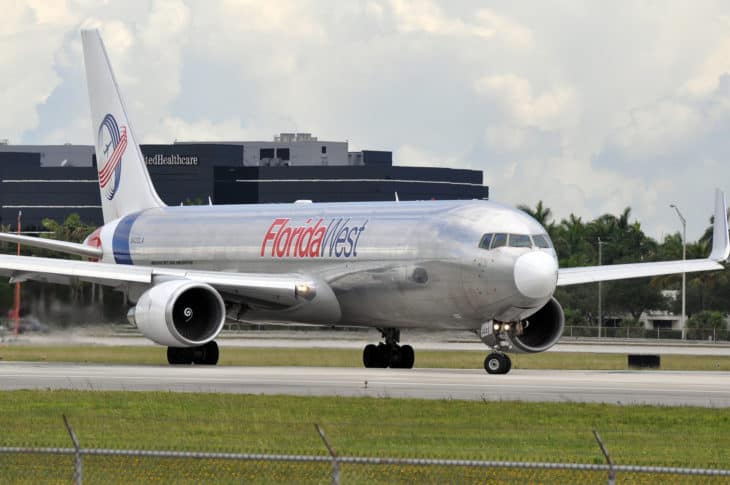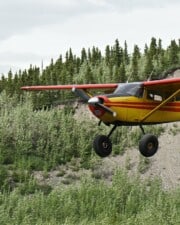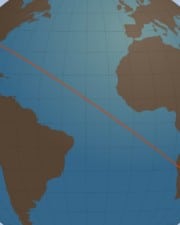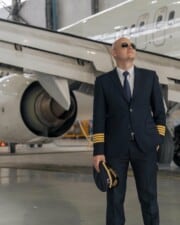Ask many professional pilots how many days a month they go to work, and the answer will often be, “Work? I’ve never worked a day in my life!” Flying is one of those dream professions that, for those who have a passion for it, isn’t really a job at all. If this is you and you happen to be a Floridan, learn how to be come a pilot in Florida.
Becoming a professional pilot is a long road that takes years of work and study. In Florida, as well as in the rest of the United States, pilot certifications are regulated by the Federal Aviation Administration.
The regulations set out specific requirements that pilots must meet before they earn each level of certification as a pilot in terms of hours of flying and proficiency standards.
Throughout Florida, there are hundreds of flight schools training pilots year-round. Finding the right facility to fit a student pilot’s needs requires shopping around and asking the right questions.
Why train in Florida? While flight training providers can be found all over the world, a unique combination of factors makes Florida very appealing to student pilots. Mild weather allows flight schools in Florida to operate nearly every day of the year, meaning that students can complete their training much faster.

If you’re looking for how to become a commercial pilot in Florida, or even how to become a helicopter pilot in Florida, here’s a step by step guide to the process.
Step 1: Set Goals
Pilots take many different paths to their ultimate careers. There once was a time when a majority of pilots came from the military, but that it is no longer true. Most professional pilots fund their own education and flight training and work building hours at various flying jobs until they are eligible for the position of their choice.
Since all pilot jobs are different, student pilots must start their flight training journey with specific goals in mind. It’s perfectly okay to change your mind along the way, but having a vision of what they want their future to be is one of the keystones of success in any industry.
Many student pilots wrongly think that a career in aviation means they must work for a major airline. But a majority of jobs are in general aviation, outside of airline or military flights. Private and corporate charters, sightseeing tours, flight training, cargo transport, and ferry flights are all examples of general aviation jobs available to professional pilots.
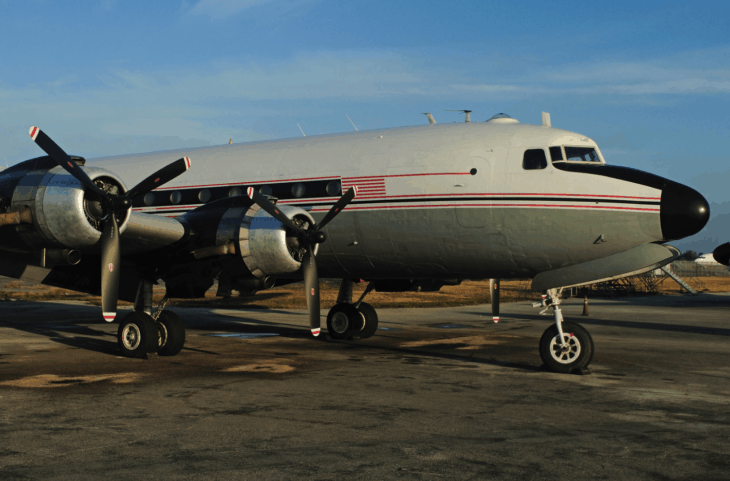
Often, flight training is tailored to specific career choices. For example, if you’re looking at how to become a police helicopter pilot in Florida, there will be particular schools tailored to helicopter training. With such a specific goal, it will pay to research the career requirements before beginning. This sort of job will require law enforcement experience as well as flight training.
Not everyone wants to be a professional pilot. A private pilot flies for personal reasons and cannot get paid. Even professionals start their careers as private pilots since this is the first stepping stone along the way to becoming a commercial pilot. How to become a private pilot in Florida is much the same process as for a commercial pilot, just with a different set of goals.
The last goal that will need to be considered is the student’s desired timeframe. How long the required flight training will take is a factor of how much time the student has available to study and fly, as well as the school’s availability of aircraft and instructors.
Some flight schools specialize in full-time, fast-paced training that requires students’ full attention. Other schools cater to weekend flyers taking occasional lessons. These schools may not have the resources necessary to work at a fast pace.
Step 2: Schedule School Visits
Not all flight schools are the same, and it’s imperative to visit at least a few different facilities before making your final decision. Schools specialize in specific types of flight training, be it for fixed-wing airline pilots, helicopter pilots, or private pilots. The styles of instruction and curriculum used often match the overall goal.
Discovery flights are an excellent way to become familiar with a school. These low-cost flights give you an opportunity to meet the staff and pilots, and to see the aircraft and the operating environment.

Individual instructors will make or break the flight training experience for the student. Many instructors are passionate aviators who excel at the art of teaching and sharing their knowledge. On the other hand, some only clock into work to build flight time so they can apply to the airline of their choice.
When visiting a flight school, it’s essential to gauge the types of instructors they are hiring and that the student will be working with daily. Having the wrong flight instructor will frustrate students, adding needless extra hours of training, and cost them thousands of dollars. A good resource for finding instructors can be the National Association of Flight Instructors (NAFI).
Step 3: Research the School
Picking a flight school in Florida is not unlike choosing a university. Students not only want to see evidence that the curriculum leads to success, but they also want to know that it will be a good fit personally. Schools should be able to provide an honest assessment of their success rates and how many graduates are working in their chosen fields.
Flight training providers fall into two categories based on how the Federal Aviation Administration regulates them. Part 61 schools are informally organized, while Part 141 schools have a government-approved curriculum that must be followed.
Part 141 programs typically require fewer hours to complete, but few pilots finish in the minimum number of hours in either type of program. No matter what kind of school chosen, it’s important to get an idea of how many hours it actually takes the average student to complete the curriculum at that school.
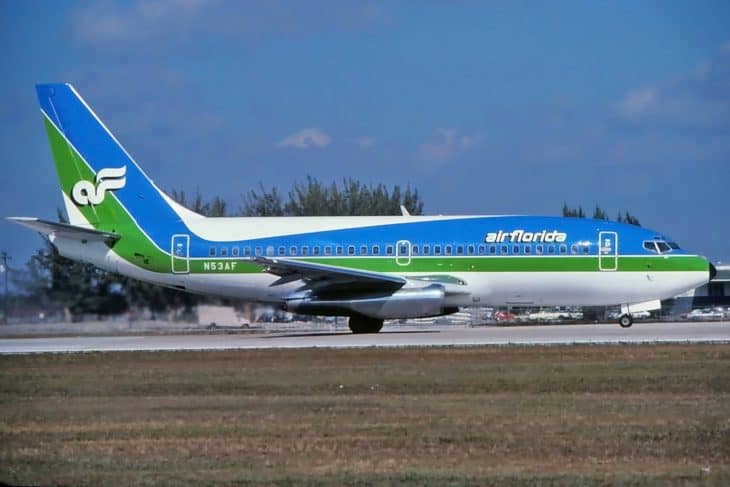
Pilot training is a unique enterprise that must be done to proficiency. Depending on the task, this will mean a mastery of both the book knowledge and the control of the aircraft. These are difficult tasks for any student to complete, and some will naturally take longer than others.
Meeting students at the school can also provide valuable insight. They can give incoming students an idea of the culture of the school and how they feel about the program. By seeing what their peers would be like, a new student pilot can find comfort in their likely success at a new school.
Step 4: Enroll in the Program
Each school is going to have its own enrollment procedure. New students will likely meet with a Chief Instructor Pilot or Assistant Chief to gather all of the necessary materials and complete all of the paperwork.
Non-US students are required to get clearance to begin flight training from the Transportation and Security Administration. This process can take a few weeks and must be followed precisely before training can begin. US citizens must provide proof of US citizenship.
All students will be required to complete an FAA medical exam during the first part of their training. It’s a wise idea to get the medical out of the way early, just in case it turns up any issues that might delay training.
Even though a private pilot only needs a third-class medical, it’s smart to get a first-class certificate, the most stringent class, to ensure that you will have no issues getting it later in your career.
Step 5: Start Studying the Curriculum
Once enrolled and assigned a primary instructor, it’s time to hunker down and begin studying. The faster that a student can master the ground school requirements, the faster they can move onto learning the aircraft.
All flight training curriculums require the completion of at least three tests. A written knowledge exam and a practical checkride that includes an oral examination are required. Each exam requires a different technique of preparation.
The flight instructor’s job throughout flight training is not necessarily to tell the student what they need to do. In fact, from the materials and course curriculum, this should already be obvious. An instructor pilot’s job is to guide the student’s learning process the way a coach does. Independent study is possibly the most indispensable part of flight training.
Step 6: Prepare for Each Lesson
In a structured flight curriculum, each lesson will be laid out for the student. There are no surprises. Before flying, students discuss the day’s goals and activities as well as the lesson completion standards with their instructor. Everyone should already be on the same page.
Some lessons may include only classroom learning, while others will be flight lessons. Many schools also use computer-aided training devices, which are of great value to the student.
It might sound boring, but reducing trial and error time in the aircraft is one of the most advantageous things a student pilot can do. If a skill can be mastered on the ground first, a lot of money and time will be saved.
Step 7: Complete Private Pilot Course
Even if you want to know how to become a commercial pilot in Florida, the private pilot certificate is the first step. The private pilot course teaches students how to operate an aircraft within the airspace system safely.
Pilots looking for how to become a helicopter pilot in Florida will follow the same steps. Rotary-wing pilots will need to work with their flight school carefully to find the right combination of coursework for their careers.
Some helicopter pilots are also airplane pilots, but it is not a requirement. Helicopter training is significantly more expensive, so many helicopter pilots start out learning on airplanes and then move to choppers.
Part 1: Pre-Solo
Private pilot courses are comprised of three phases, the first being pre-solo. To solo the aircraft, students must have learned enough to remain safe and address any issues that might come up.
Part 2: Solo
A student’s first solo is a monumental event in their flight training. It’s the day that they prove to themselves that they’ve got this.
Part 3: Cross-Country
After soloing, students learn more about the airspace system and navigating the aircraft on cross-country flights. A cross-country flight is defined as a flight of more than 50 nautical miles away from the starting airport.
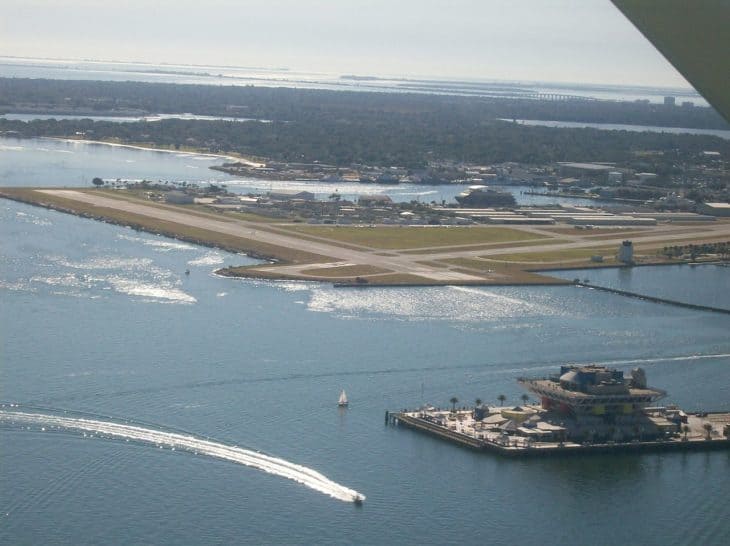
This usually involves a flight of an hour or so each way to another town or city. Along the way, students will have to interact with air traffic control and be cognizant of all of the rules and regulations pertaining to it.
The final step of how to become a private pilot in Florida will involve preparing for the checkride and oral examination. In some circumstances, this test will be given by a school employee, but more often it will be given by an FAA Designated Pilot Examiner.
Step 8: Complete Instrument Rating Course
The biggest restriction placed on private pilots, besides the lack of ability to work for pay, is based on the weather. Private pilots are limited to flying in VFR (Visual Flight Rules) conditions. They must be able to look out the window to see landmarks and the horizon.
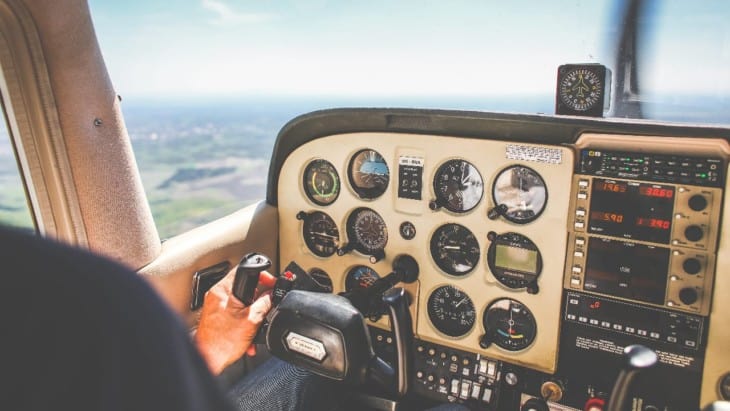
Professional pilots operate in all sorts of weather, including times when visibility is low at the airport or when operating inside of clouds at altitude. To do this, they must be certified to fly under Instrument Flight Rules. IFR flights require mastering electronic forms of navigation, as well as leveraging the full power of the National Airspace System.
Like the private pilot, the instrument rating will require students to complete a written knowledge exam, an oral examination, and a practical checkride. The curriculum will be divided into logical sections to make the course flow smoothly. Still, just like the private pilot checkride, student preparedness will dictate the amount of time it will take.
Step 9: Complete Commercial Pilot Course
How to become a commercial pilot in Florida is all about building up flight time. All commercial pilot programs require around 200 to 250 flight hours in their log books before they can be completed. At this point, pilots should have built up a sufficient level of proficiency to handle the aircraft in a wide variety of circumstances.
School curriculums vary, but commercial training is often a mix of longer cross-country flights and proficiency flights to master specific flight maneuvers. A number of these flight hours can be completed on the ground in flight training devices and simulators.
Just like the prior ratings, the commercial course will include written exams, oral exams, and a practical test. To learn more advanced types of airplanes, fixed-wing students complete their commercial checkride in a complex aircraft. These planes have retractable gear, adjustable propellers, and wing flaps. Many students double this requirement and make their first commercial license in a multi-engine airplane.
Step 10: Build Hours Towards an Aviation Career
Once graduated from a commercial pilot program, beginning pilots will still need to build hours and experience before the bigger airlines will hire them. The good news is that the student’s days of paying per hour of flight training are nearing an end.
There are many ways for low-time pilots to build hours. The most common method is to become a flight instructor. The flight instructor course involves learning to teach and mentor new pilots and demonstrating a mastery of the knowledge a pilot has built up throughout their training.

The number of hours a job requires is a factor of how demanding and challenging the job is, as well as how large the pool of applicants is. During challenging periods of a good economy for the airline and aviation industries, operators can select only pilots with more hours in their logbooks since only a few new hires are needed. During boom periods in the industry, airlines become much less particular.
Pilots wondering how to get specialized careers, like how to become a police helicopter pilot in Florida, will find the job market is much more stable. These professions are competitive but generally have stable training pipelines to fill the demand.
When first considering a career in aviation, it’s a good idea to keep your options open. If you train for a specific niche career, and the job market fluctuates, you may need to retrain to meet market demand.
Related Posts
